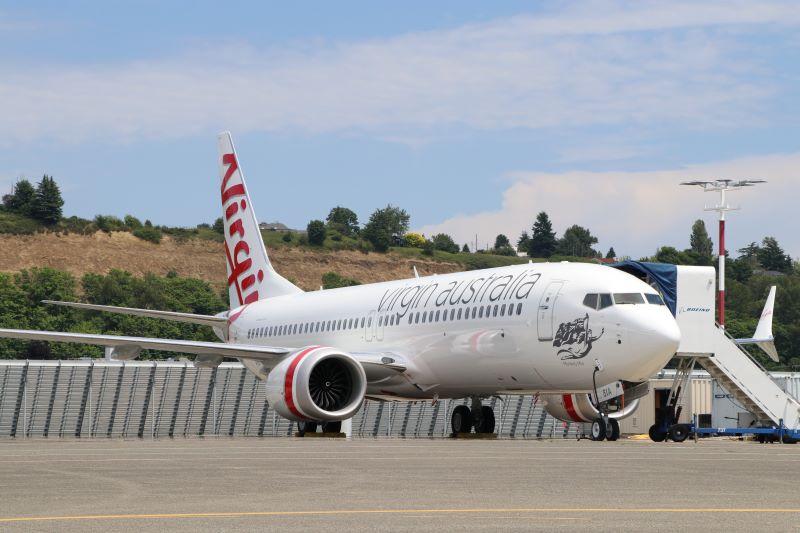Daily Memo: Major Changes Underway In Australia’s Narrowbody Sector

Credit: Virgin Australia
The transformation of Australia’s narrowbody fleet is taking major steps forward in 2023, as airlines take delivery of additional aircraft and introduce important new types. Australian airlines dramatically revised their fleet strategies during the COVID-19 crisis, overhauling existing order...
Subscription Required
This content requires a subscription to one of the Aviation Week Intelligence Network (AWIN) bundles.
Schedule a demo today to find out how you can access this content and similar content related to your area of the global aviation industry.
Already an AWIN subscriber? Login
Did you know? Aviation Week has won top honors multiple times in the Jesse H. Neal National Business Journalism Awards, the business-to-business media equivalent of the Pulitzer Prizes.
